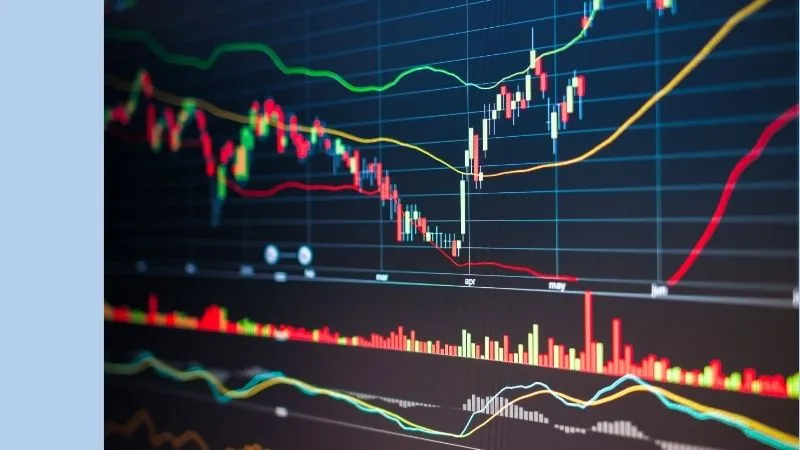The Westpac Banking Group (ASX: WBC) share price and Commonwealth Bank of Australia (ASX: CBA) share price have held up incredibly well since the GFC. CBA and Westpac have also handed shareholders generous fully franked dividends.
If we go back even further, shares in each bank have grown well beyond what the S&P/ASX 200 (INDEXASX: XJO) has done since the early 90s, when CBA listed on the ASX and Westpac nearly went broke.
If you’re one of these loyal shareholders, the problem for you now is the potential concentration or lack of diversification in your portfolio. While it’s a good problem to have, it’s still a problem.
Especially now as the big banks face anaemic growth, their interest income is being squeezed (what analysts call the ‘net interest margin’) and wholesale interest rates are rising (meaning more bad debts are likely), I think it’s time to at least consider your options.
1 Easy Way to Diversify Your CBA & Westpac Shareholding
Coinciding with CBA and Westpac’s share price starting in the early 90s, across the pond in the USA the first Exchange Traded Fund was born. Choosing an appropriate ‘ETF’, as they’re known today, can offer diversification with the convenience of just one sharebroking account.
If you have 20% or more of your portfolio in ASX bank stocks, including CBA and Westpac, an Australian shares ETF which covers the ASX 200 probably won’t provide you with much diversification because the ASX 200 is already skewed towards bank shares.
Indeed, while a ‘vanilla’ index fund Aussie shares ETF might seem like diversification because you’re exposed to 200 shares, the reality is around 30% (if not more) of the ETF will be exposed to the financial sector.
For full disclosure, I own an ASX 200 ETF which yields more than 4.5%, with franking, but I don’t own any Aussie banks in my portfolio.
A Few Ways To Diversify
If you are looking to diversify abroad, a global share ETF could be what you’re looking for. There are dozens of ETFs covering global shares, with yearly management fees starting at just 0.05% or 50c for every $1,000 invested. Some global shares ETFs also offer trailing dividend/distribution yields over 2%.
Bonds are also becoming more accessible to everyday investors thanks to ETFs. Australian and global bond ETFs can be bought and sold right here on the ASX. Numerous rigorous academic studies have shown that high-grade bonds can provide a more defensive income stream for sharemarket investors, albeit with a lower expected return.
Finally, another way to diversify is via Australian shares with overseas sales/revenue exposure. By that I mean, growing but defensive companies which earn a majority of their revenue from overseas markets. I’m not convinced CSL Ltd (ASX: CSL) shares are cheap, but they’re one example of a successful Australian company which earns US dollars.
Summary
Bank shares have performed very well for a long period of time, but they’re not bulletproof. With increasing competition, rising prices of funding, significant leverage and issues in the Australian property market, I would not want to be relying on them over the next decade to provide the same level of growth and dividend income.
Obviously, everyone’s situation is different and this is general financial advice only, but I would at least consider the potential benefits gained from adding overseas market exposure to an ASX share portfolio.
[ls_content_block id=”14948″ para=”paragraphs”]







